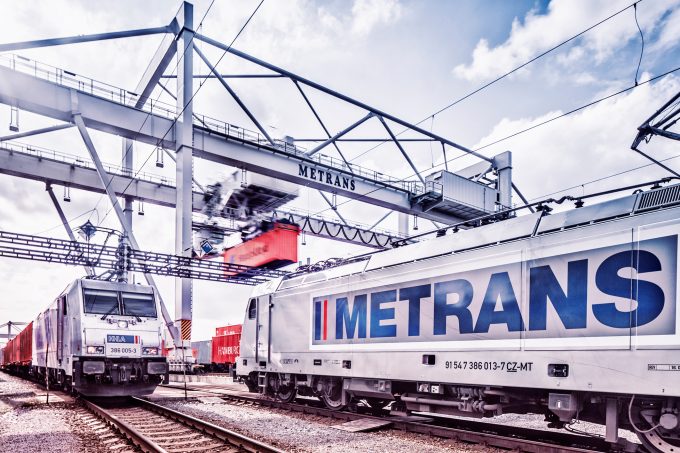dpa-AFX: AfD brings referendum on planned HHLA deal into play
dpa-AFX reports: In view of the continuing protests against the planned acquisition of the world’s largest ...

Hamburg’s main container terminal operator HHLA finds itself at critical juncture in its business life cycle.
A mature business, with 131 years of glorious history, it must now continue to diversify from its core container operations, committing more capital to the intermodal activities that delivered the best performance across the group in 2015.
The container division still generates almost 60% of turnover, but is a drag on performance and relies on throughput at terminals in Hamburg, as the chart below shows.
The unit succumbed to ...
'Disastrous' DSV-Schenker merger would 'disrupt European haulage market'
New senior management for DSV as it readies for DB Schenker takeover
Volumes set to 'fall off a cliff' as US firms hit the brakes on sourcing and bookings
Asian exporters scramble for ships and boxes to beat 90-day tariff pause
Amazon pushes into LTL for small package fulfilment and UPS does a u-turn
Temporary tariff relief brings on early transpacific peak season
Pre-tariff rush of goods from US to China sees air rates soar, but not for long
Forwarders 'allowing the fox into the chicken run' by supporting 'hungry' carriers

Comment on this article